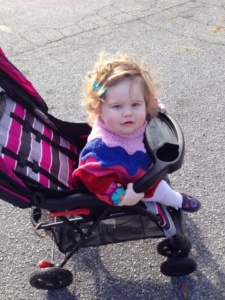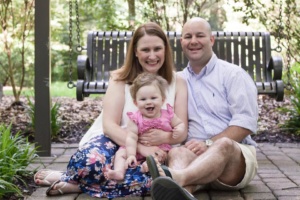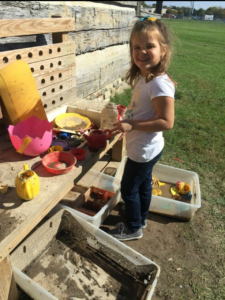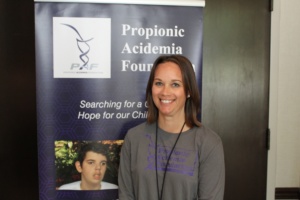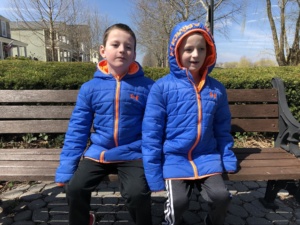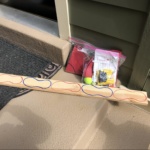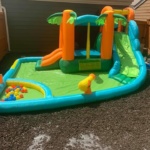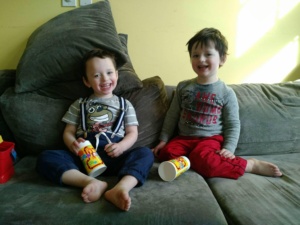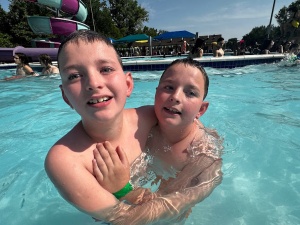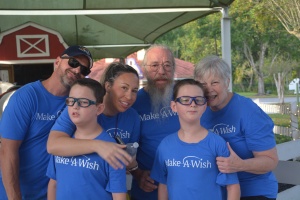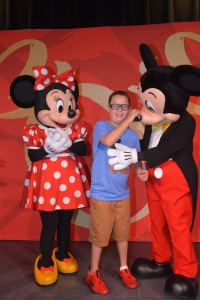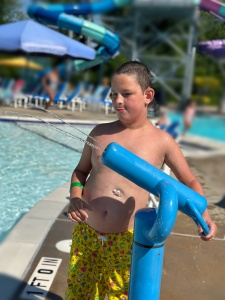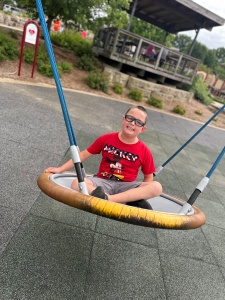PAF Studiază la,,en,PAF Studiază la,,en,PAF Studiază la,,en,PAF Studiază la,,en,PAF Studiază la,,en 16TH Abbott Nutrition Metabolic Conference
Advances in gestionarea tulburarilor metabolice ereditare,,en,De Marisa Cotrina,,co,membru al consiliului PAF,,en,rezumat,,en,Abbott Nutrition invitat Fundația acidemia propionic,,en,pentru a participa la conferința anuală de nutriție metabolice din luna martie trecut în Isle of Palms,,en,Carolina de Sud,,en,Această conferință reunește dieteticienilor din întreaga țară și Canada pentru a discuta progresele și provocările în tratamentul tulburărilor metabolice ereditare,,en
Martie 23-25, 2017
By Marisa Cotrina, PAF board member
Summary
Abbott Nutrition invited Propionic Acidemia Foundation (PAF) to attend the annual nutrition metabolic conference this past March in the Isle of Palms, South Carolina. This conference brings together dietitians from around the country and Canada to discuss the advances and the challenges in the treatment of inherited metabolic disorders.
Am avut onoarea de a participa la conferința în numele PAF și a fost foarte impresionat de cât de bine organizată comunitatea dietetician este și diversitatea inițiativelor pe care le sunt în mod constant alungare pentru a îmbunătăți comunicarea pentru o mai bună gestionare a dietetice IMDS,,en,discuțiile și discuțiile care au avut loc la conferința de evidențiat, de asemenea, necesitatea unei mai uniforme și ghidurile de tratament universal,,en,Două discuții au fost de interes special pentru acidemia propionic,,en,pacienți,,en. Totuși, the talks and discussions that took place at the conference also evidenced the need for more uniform and universal treatment guidelines. Two talks were of particular interest for propionic acidemia (PA) patients. Dieteticianul Elaina Jurecki a prezentat noile orientări nutriționale bazate pe dovezi care tocmai au fost finalizate pentru comunitatea PA,,en,o inițiativă care a început în urmă cu câțiva ani, în colaborare cu unele dintre cele mai bune dieteticienii din țară și care este în cele din urmă panning în aceste serii de orientări care,,en,va face gestionarea PA mai uniformă și eficientă în SUA,,en,Pentru acele dieteticienilor noi PA,,en,Loren Pena a prezentat într-un stil foarte clar și concis bazele metabolice pentru intelegerea si tratarea PA,,en; an initiative that started several years ago in collaboration with some of the best dietitians in the country and that is finally panning out in these series of guidelines that, hopefully, will make management of PA more uniform and effective in the USA.
For those dietitians new to PA, Dr. Loren Pena presented in a very clear and concise style the metabolic bases for understanding and treating PA. Am fost foarte recunoscător pentru a vedea cum Dr.,,en,Pena a susținut cu amabilitate pentru comunitatea PA și a subliniat rolul PAF și organizațiile de pacienți joacă în susținerea noilor inițiative de cercetare pentru a avansa terapii PA,,en,În această privință,,en,Sper ca excelent vorbesc de la Dr.,,en,Melanie Gilinghan cu privire la modul de a începe în cercetarea clinică a stârnit idei noi și de interes în audiență pentru a îmbunătăți managementul metabolice și tratament prin regizat-pacient studiile clinice,,en,Printre discuțiile pentru alte tulburări,,en. Pena kindly advocated for the PA community and highlighted the role PAF and the patient organizations play in supporting new research initiatives to advance PA therapies. In this regard, I hope the excellent talk from Dr. Melanie Gilinghan on how to get started in clinical research sparked new ideas and interest in the audience to improve metabolic management and treatment through patient-directed clinical trials.
Among the talks for other disorders, a fost foarte educativ pentru a asculta panoul de pacienți adulți cu fenilcetonurie,,en,precum și necesitatea unor strategii de nutriție și consiliere psihologică pentru adulți cu tulburări metabolice,,en,cum să se ocupe de viață în colegiu,,en,având copii,,en,care se ocupă cu ceață de creier atunci cand dieta nu este ajustat,,en,comunica în mod eficient cu partenerul tau si colegii atunci când senzație de rău ... De asemenea, în arena de pacienți adulți,,en,Kiaer,,lt,din Danemarca,,en,a descris călătoria ei pe tratarea adultilor PKU cu întârziere diagnostice și modul în care au discutat,,en, and the need for nutrition and psychological counseling strategies for adults with metabolic disorders: how to deal with life in college, having children, dealing with brain fog when diet is not adjusted, communicating effectively with your partner and colleagues when feeling sick… Also in the arena of adult patients, Dr. Kiaer, from Denmark, described her journey on treating PKU adults with late diagnoses and discussed how, chiar și în cazul adulților cu daune semnificative ale creierului,,en,există încă posibilitatea de tratament pentru a îmbunătăți într-o anumită funcție de gradul de creier si,,en,mai important,,en,calitatea vieții,,en,Tema transplantului de ficat și cât de eficient poate fi în mers înapoi și / sau prevenirea lezării metabolice a fost discutată în contextul MSUD cu dieteticianul Melanie Reeves,,en, there is still opportunity for treatment to improve to some degree brain function and, more importantly, quality of life.
The topic of liver transplantation and how effective it may be in reversing and/or preventing metabolic damage was discussed in the context of MSUD with dietitian Melanie Reeves. Era clar din această discuție urgența de a publica mai multe date cu privire la transplantul de ficat de la toate unitățile de transplant din tara, astfel incat pacientii si medicii pot lua o decizie mai educat cu privire la riscurile și beneficiile acestei abordări pentru gestionarea pe termen lung a metabolice Tulburări,,en,Am avut, de asemenea, posibilitatea de a învăța despre noi inovații în tratamentul tulburărilor metabolice,,en,Telemedicina în curs de dezvoltare cu Dr.,,en,Hans Andersson,,sv,app dieta metabolică cu nutriționistul Alette Giezen,,en.
I also had the opportunity to learn about new innovations in the treatment of metabolic disorders: Telemedicine in the developing world with Dr. Hans Andersson, the metabolic diet app with nutritionist Alette Giezen, și erori innascute în era genomică cu Dr,,en,Neil Lamb,,en,un excelent,,en,vorbesc despre ceea ce este genomica,,en,și cum putem aplica pentru a diagnostica și de a înțelege erori metabolice congenitale mai bine,,en,Ultimul,,en,Mark Korson moderat un exercițiu cu echipa Chop și echipa Oregon pentru a discuta două subiecte cruciale în comunitatea noastră,,en,tulburări metabolice pot fi gestionate fără formule medicale,,en,când este rentabil și etic adecvat pentru a include tulburări metabolice în BNS,,en. Neil Lamb, an excellent 101 talk on what genomics is, and how we can apply it to diagnose and better understand inborn errors of metabolism.
Last, Dr. Mark Korson moderated an exercise with team ChoP and team Oregon to discuss two crucial topics in our community: 1) can metabolic disorders be managed without medical formulas?, și 2) when is it cost effective and ethically appropriate to include metabolic disorders in NBS? Deși discuțiile nu au fost neapărat opiniile profesionale ale prezentatorilor,,en,argumentele utilizate au fost toate bazate în cazuri reale de viață,,en,prezentari excelente din ambele echipe și discuții fantastice,,en,Nutritionistii sunt o linie de apărare critică în tratamentul cronic al AP,,en,și trebuie să asculte și să lucreze cu ei la fel de mult ca și cu medicii noastre medicale,,en,o oportunitate de învățare mare pentru PAF,,en,PAF 16 Abbott Conference Studiază la metabolice Nutriție,,en,TH,,en,Abbott Conference metabolice Nutriție,,en, the arguments utilized were all based in real life cases. Excellent presentations from both teams and fantastic discussion.
Dietitians are a critical line of defense in the chronic management of PA, and we need to listen and work with them as much as with our medical doctors. Overall, a great learning opportunity for PAF
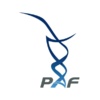
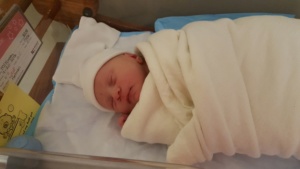
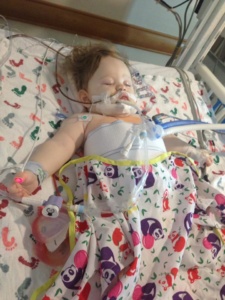 were very fortunate that our first call was “the call” that gave Annabelle her new liver. She went back for surgery around 10:30pm that night and they finished her surgery around 9am that next morning. After surgery Annabelle spent about one week in the PICU. After that week the transplant team moved herto the transplant recovery unit where she stayed until she was discharged. Around two weeks post-transplant Annabelle did encounter a small episode of rejection. Even though “rejection” sounds scary it is very common early on in transplant, and mild cases like Annabelle’s are generally treated with some high-powered IV steroids for a few days. Annabelle was discharged on August 30lea and only spent a total of 21 days in the hospital. The transplant/genetics teams in Pittsburgh told us to prepare for complications (as is common with Organic Acidemia patients), but overall Annabelle had very few complications from her transplant surgery for which we are thankful.
were very fortunate that our first call was “the call” that gave Annabelle her new liver. She went back for surgery around 10:30pm that night and they finished her surgery around 9am that next morning. After surgery Annabelle spent about one week in the PICU. After that week the transplant team moved herto the transplant recovery unit where she stayed until she was discharged. Around two weeks post-transplant Annabelle did encounter a small episode of rejection. Even though “rejection” sounds scary it is very common early on in transplant, and mild cases like Annabelle’s are generally treated with some high-powered IV steroids for a few days. Annabelle was discharged on August 30lea and only spent a total of 21 days in the hospital. The transplant/genetics teams in Pittsburgh told us to prepare for complications (as is common with Organic Acidemia patients), but overall Annabelle had very few complications from her transplant surgery for which we are thankful.